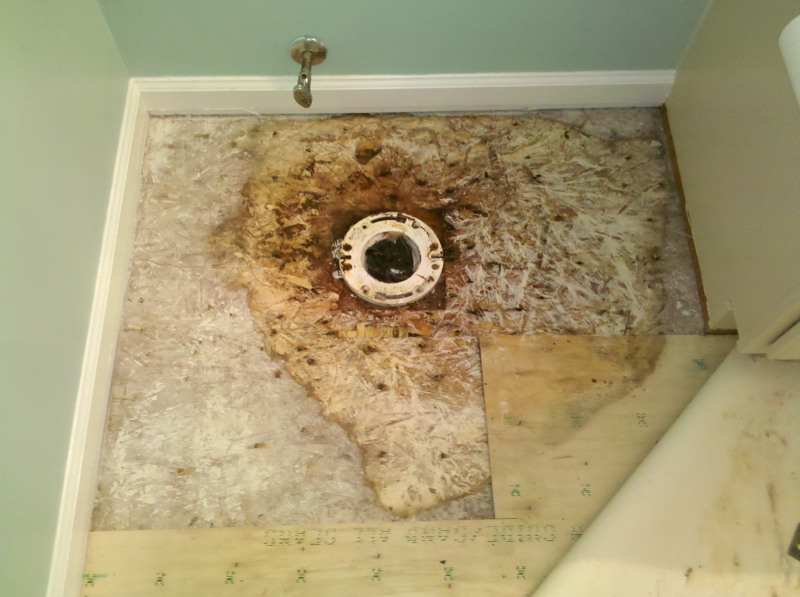Common Causes of Water Damage in a Bathroom
Common Causes of Water Damage in a Bathroom
Blog Article
This great article listed below on the subject of Looking for Signs of Water Damage in the Bathroom is amazingly fascinating. You should read it.

The washroom is incredibly prone for wet accumulation and prospective water damages due to the frequent use water in it. This write-up offers easy assessment strategies to help spotting water damage dangers.
The constant use of water in the bathroom makes it incredibly susceptible for damp buildup as well as prospective water damages. By evaluating it on a regular basis, you can minimize water relevant problems.
The adhering to collection of examinations is very easy to perform and also need to be done as soon as in every 3 months in order to maintain your washroom healthy as well as to avoid prospective water problems brought on by the bath tub, the shower, pipeline joints as well as plumbing, sinks, cupboards, as well as the commode
Do not overlook carrying out these assessments as well as be comprehensive while executing them. Bear in mind that these simple evaluations can save you a lot of money by providing very early indicators for water damage
Sinks as well as Cabinets
Sinks and closets are revealed to wetness as well as humidity day-to-day and also are commonly ignored. Examine frequently under the sink and on the kitchen counter over it. Repair any drip in the catch as it might suggest drainpipe issues. Take a look around the sink, slow draining pipelines may indicate an obstructed drain. Replace sink seals if they are fractured or loose.
Bathtub and also Shower
The shower as well as bathtub require unique interest and upkeep. Inspect the tiles and also replace if fractured. Make certain that there is no missing cement in between the tiles. Check and change broken caulking at joints where the walls satisfy the floor or the bath tub. Blocked drains pipes as well as pipes troubles will protect against the tub from drying out as well as may suggest serious troubles below the bath tub. Speak with a specialist right away to avoid structural damages. Pay attention to stainings or soft locations around the tub wall surfaces as they may show an interior leakage.
Plumbing
Signs for water damage are tough to discover since a lot of pipelines are installed inside the wall surfaces.
Pay unique interest to flooring as well as walls wetness and also spots as they might indicate an undetectable plumbing trouble. Examine wetness levels in adjoining rooms also.
The Bathroom
The bathroom is a vulnerable water joint. Examine the water lines and look for leaks around the bathroom seat, in the tube, and also under the water tank. If you find any indications of dampness on the floor around the bathroom, look for leaks in the toilet rim as well as container seals.
Be aware that hanging commode dish deodorants raises the possibilities for clogs.
TIPS TO PREVENT WATER DAMAGE IN THE BATHROOM
The average household uses approximately 80-100 gallons of water per person per day. For a family of 4, that's almost 2,500 gallons of water a week! The largest portion of this consumption comes from bathroom use. Flushing the toilet uses the most water, followed by taking a shower or bath. With that much water running through the home, water damage in the bathroom is bound to happen. Knowing how to spot signs of a water leak is essential to preventing long-term damage. This guide provides you with tips to reduce the impact of water damage on your bathroom.
CAUSES OF BATHROOM WATER DAMAGE
Pipe breaks are the most common cause of water damage we see in our daily jobs. The age of a pipe plays a large role in a pipe break as well as corrosion. Over time, the metal begins to break down, allowing water to escape. Frozen pipe breaks are also a concern in the winter months. Toilet overflows caused by paper products or children flushing inappropriate items. Degraded caulking around the toilet or bathtub can allow water seepage, sometimes behind the fixture, into the subfloor or walls. Condensation forms when the water in a pipe is cooler than the air temperature. Beads of water form on the exterior of the pipes, sometimes so much so that the water begins to drip and pool below. Sink or shower backups created by poor drainage. HOW TO PREVENT WATER DAMAGE IN YOUR BATHROOM
Inspect your toilet supply line for worn or frayed hoses and replace them as needed. Winterize your plumbing to prevent a frozen pipe break. Use vent fans to prevent condensation that can lead to mold growth. Routinely check and replace degraded caulking around your toilet or bathtub. Increase the temperature in your toilet tank and insulate your pipes during the warm summer months to keep condensation from forming. Use child safety locks on the toilets. Flush only toilet paper. "Flushable" wet wipes are actually not good for your plumbing system. Additionally, feminine hygiene products should not be flushed. Prevent water from escaping the tub or shower. Make sure shower curtains are in good condition. Inspect shower doors and replace the seal strip if necessary. Wipe up any water that accumulates on the floor and use bath mats. Water left to sit can cause damage to the tiles and flooring. Refrain from using bath products containing heavy oils to avoid a clogged drain.

Do you appreciate more info about How to Fix a Water Damage Bathroom? Try to leave a review further down. We would be glad to find out your thinking about this posting. In hopes that you come back again later on. Sharing is good. Helping people is fun. I truly appreciate reading our article about How to Repair and Prevent Bathroom Water Damage.
Here Report this page